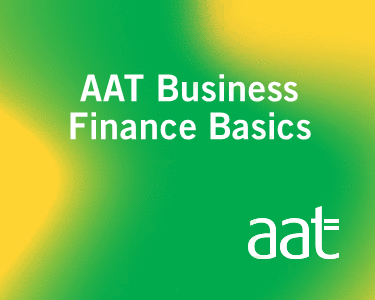As a small business or startup, knowing how to price your products can make a big difference to your future success. Pricing too low or too high are both fraught with potential difficulties – there are no hard and fast rules, only strategies. But approached in the right way, product pricing can improve both your conversion rate and your marketing efforts.
Below is some practical advice for pricing your products, particularly in the competitive landscape of e-commerce.
First off, some basic terms
There are two key terms you should familiarise yourself with when it comes to product pricing. These are ‘markup’ and ‘profit margin’. Here’s what they mean:
- Markup – this is how much you add to the wholesale cost of your product to get the sales price. The formula looks like this: cost + (cost x markup percent) = selling price.
For example, say you double the original cost of your product to get the selling price, your markup would be 100%, because you’re adding 100% of the original price. Determining a reasonable markup ultimately comes down to how much you’re paying for the products, how much of a profit you want to make, and how much customers will be willing to pay.
- Profit margin – not to be confused with your markup percentage. Your profit margin is calculated from your sales price, minus what you paid for the product. The formula looks like this: (selling price – cost) ÷ selling price = profit margin.
For example, if you buy a product for £10 and sell it for £20, that would be a 50% profit margin, since one half of the sale is profit.
Decide on a revenue target
Before you price your products, it’s wise to set a revenue target to determine how much profit you hope to make. To do this, you’ll need to look at everything you’re paying out for stock, running costs, and marketing.
The next step is to estimate how many products you expect to sell over one year. Then, you simply divide your revenue target by this number to give you the cost at which you would need to sell each product. You can then adjust your revenue target accordingly if the price seems much too high or too low.
Of course, this is a much simpler process if you only sell one type of product – if you sell several, you’ll need to apply the same process to each.
Popular pricing strategies
Below are some of the most popular pricing strategies used in retail, both online and off:
- Manufacturer Suggested Retail Price (MSRP) – MSRP is the retail price your manufacturer recommends when selling to the public. It takes the legwork out of calculating the price for yourself but leaves you with no competitive advantage.
- Psychological pricing – using the psychology of numbers to trigger impulse purchases, usually due to the perception of something being a good bargain. This is why products are often priced at £9.99, rather than £10.
- Loss-leading pricing – this is where you draw in customers by offering a particular product at a lower price, on the assumption that once there, they will buy more.
- Keystone pricing – a pricing method where you simply double the wholesale cost of the product. It’s quick and easy, but it doesn’t work for everything.
- Below/above competition – using competitor pricing data as a benchmark, you may choose to consciously price products below or above them. Lower makes you more competitive, but higher can position your brand as more high-end.
- Product bundling – if you can logically sell more than one product together, product bundling can help you shift more items per order.
- Discount pricing – using coupons, discounts and seasonal promotions to help customers feel like they’re getting a bargain.
- Anchor pricing – along similar lines to discount pricing; you list the sale price alongside the original price to show customers how much they will save.













